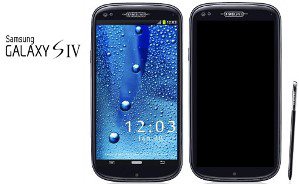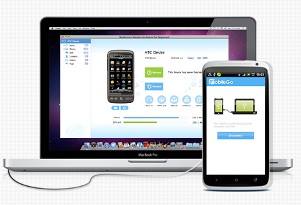The file-storage landscape that has arisen from the ashes of the old order of CDs and floppy disks can be downright intimidating. These days, even mobile devices are capable of storing huge amounts of useful data and the array of computing devices in your home or small business is no doubt host to untold terabytes of information. As information storage becomes ever-more efficient, managing your data will take on a new urgency. Fortunately, you can create a secure, personalized in-home or cloud-based file-sharing network more easily and cheaply than you probably realize.
Means of Data Organization
As of yet, there’s no one-size-fits-all approach to data networking, which is a good thing: It increases the range of products and services available to folks serious about organizing their digital hoard. Two different data organization tools have attracted attention in recent years:
Network-attached storage: This can either be a standard personal computer that’s been outfitted to remotely store files and media or a specialized machine designed for data storage and transfer purposes only.
Mobile storage: Mobile storage often comes in the form of software installed on your primary home computer. It works by creating a network encompassing your home or business computers, laptops and mobile devices, enabling fluid file-sharing within it.
Network-attached Storage Benefits
In practice, network-attached storage devices can store virtually unlimited amounts of data. As such, they’re the go-to network storage option for larger businesses, programmers and technology professionals. NAS devices, as they’re known in industry parlance, are highly secure: They automatically back up important files and can work easily with physical storage devices, reducing the uncertainty associated with cloud-based storage.
…And Drawbacks
Unfortunately, a top-line dedicated device can easily set you back $1,000 or more. Although it’s possible to avoid this cost, it requires some cyber-jujitsu. You’ll have to appropriate an older, disused PC or another suitably-powerful piece of equipment, complement its hard drive space with multiple external storage drives, and then download one of the network-attached storage software programs available gratis online. These programs are designed for professionals, so you may be working on a steep learning curve as you set up your new network-area storage machine.
Mobile Storage Benefits
Mobile storage tends to be cheaper and more flexible than network-attached storage. You’ll need simply to purchase the service online, download and install it on your primary personal computer, and use a unique web address provided upon installation to access your files from any device on the network. Some bare-bones mobile storage programs are free, while pricing for professional versions used by techies and small businesses ranges between $30 and $100.
…And Drawbacks
Most free mobile storage programs suffer from severely limited storage space and slow download times, and to a lesser extent these problems are found in “pay” versions as well. Some also don’t offer a proprietary domain for your file storage, meaning that your data may be exposed to hacks and outages on your mobile storage provider’s principal domain.
It’s essential to use some form of network to back up and share files stored on disparate devices in this increasingly mobile economy. Whether you choose a network-attached storage device or a mobile storage program, you’ll rest easier knowing that your data is accessible from anywhere.


